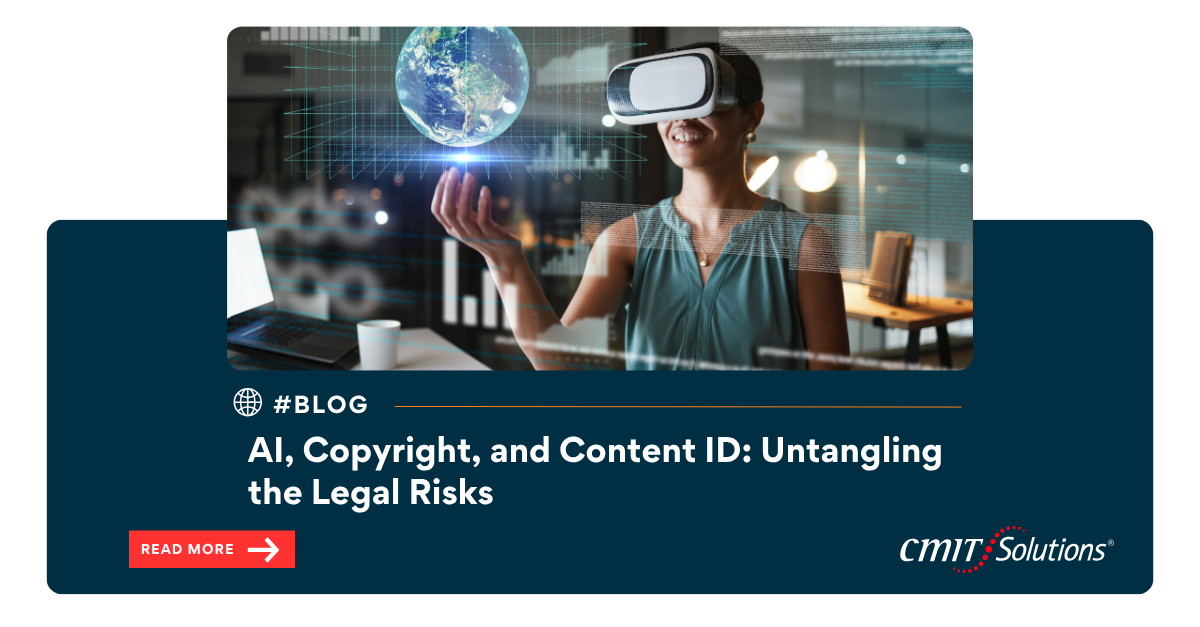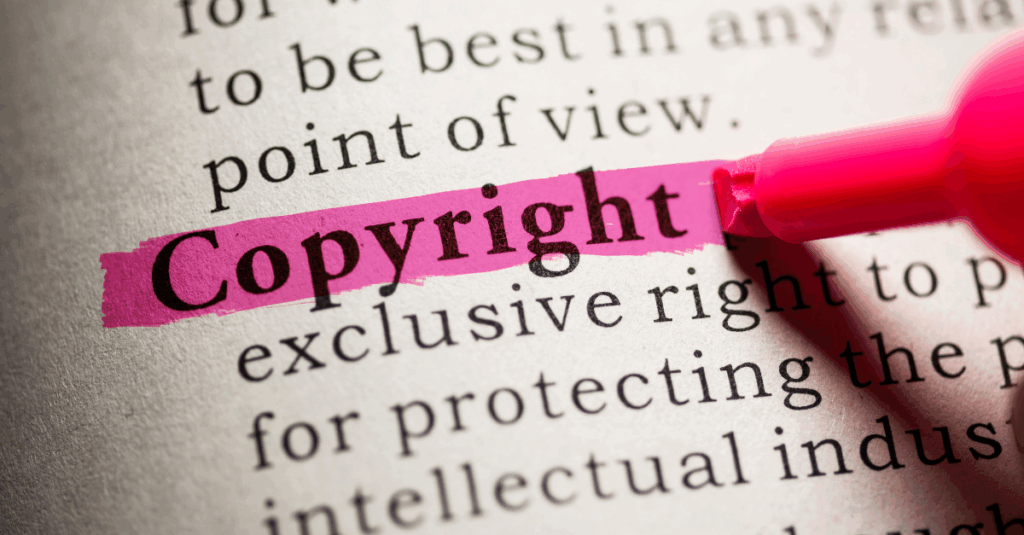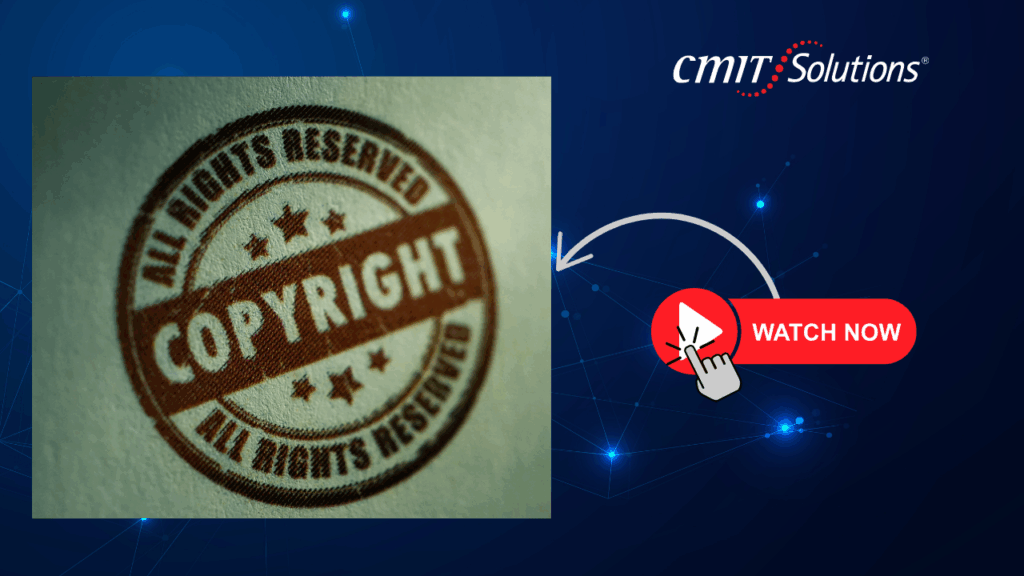As artificial intelligence continues reshaping creative industries, businesses in Oak Park, Hinsdale, and Oak Brook must prepare for a rapidly evolving legal and ethical landscape. At CMIT Solutions of Oak Park, Hinsdale & Oak Brook, we’re not only focused on providing managed IT services but also helping our clients understand the implications of digital transformation — including the challenges AI poses for copyright, authorship, and content governance.
The Copyright Conundrum: Who Owns AI-Generated Work?
Current copyright law hinges on the concept of human authorship. Yet today, AI models can produce text, music, video, and art that resemble human-generated work. The question is: who owns that content?
- The user prompting the AI?
- The developers who trained the model?
- No one at all?
Without a clear legal consensus, creators and businesses find themselves in a gray area. Compounding the problem, most AI models are trained on massive datasets that likely include copyrighted material, raising concerns about AI-driven infringement.
At CMIT, we advise companies exploring AI to first assess their IT infrastructure and develop robust governance policies that reduce legal and reputational risks.
Content ID Meets Generative AI: A Double-Edged Sword
Systems like YouTube’s Content ID were created to protect copyright holders. But in the world of generative AI, they may do the opposite. Imagine this scenario:
- An artist’s music trains an AI model.
- The AI creates a song mimicking that artist’s style.
- The AI-generated track is uploaded and fingerprinted by Content ID.
- The original artist releases a new song in their usual style.
- Content ID flags their own work as infringing.
Sound dystopian? It’s plausible. Content ID can’t distinguish between homage and theft, and certainly can’t judge intent. Without human oversight, creators risk losing revenue, visibility, and control over their own IP — all thanks to machines.
This highlights the importance of having proactive IT monitoring and AI compliance strategies in place.
Blurred Ownership Beyond Music and Art
This issue isn’t just for musicians and artists. Consider:
- Scientific research: If an AI writes a research summary, who owns the IP?
- Journalism: If AI drafts a news article, who is responsible for its accuracy?
- Finance: Can AI-generated reports contain confidential, copyrighted data?
These questions matter across industries, especially in fields using cloud-based ERPs, data observability platforms, and generative AI for business productivity.
We help organizations build customized cybersecurity and governance frameworks that protect data integrity and ensure compliance with rapidly changing tech laws.
The Orb: A Glimpse Into the Future of Identity Verification
On a more sci-fi note, Tools for Humanity’s Orb aims to verify your humanity using iris scans and offers a “World ID” to confirm you’re not a bot. While novel, it raises questions about biometric privacy and the value of personal data.
- Is $42 in crypto fair compensation for your iris scan?
- Could tools like the Orb become necessary to authenticate human interaction in a world flooded with AI?
These are the kinds of ethical crossroads where technology assessments and AI-readiness audits play a key role. And it’s why CMIT Oak Park recommends biometric data policies as part of every business’s cybersecurity stack.
What Businesses Should Do Now
Whether you’re a creative studio, a manufacturer, a healthcare provider, or a logistics firm, the rise of AI and content enforcement technologies demands strategic action:
- Run regular IT assessments to understand vulnerabilities
- Educate your team on copyright, AI, and data handling
- Deploy secure platforms like OneDrive with verified access controls Is OneDrive truly secure?
- Strengthen endpoint security with expert support
- Implement AI governance and cybersecurity compliance standards
Our team offers 24/7 monitoring and cyberattack readiness training for SMBs that want to thrive in an AI-enabled economy.
Wrapping Up: Fair Use vs. Algorithmic Overreach
The collision between AI, copyright law, and content enforcement tools like Content ID highlights the need for smarter systems and sharper policies. If we don’t act now, human creativity and innovation could be stifled not by lack of talent, but by misunderstood algorithms and outdated legal frameworks.
At CMIT Solutions of Oak Park, Hinsdale & Oak Brook, we’re here to help your business stay ahead of AI disruption — ethically, securely, and confidently.
Let’s future-proof your business together.







